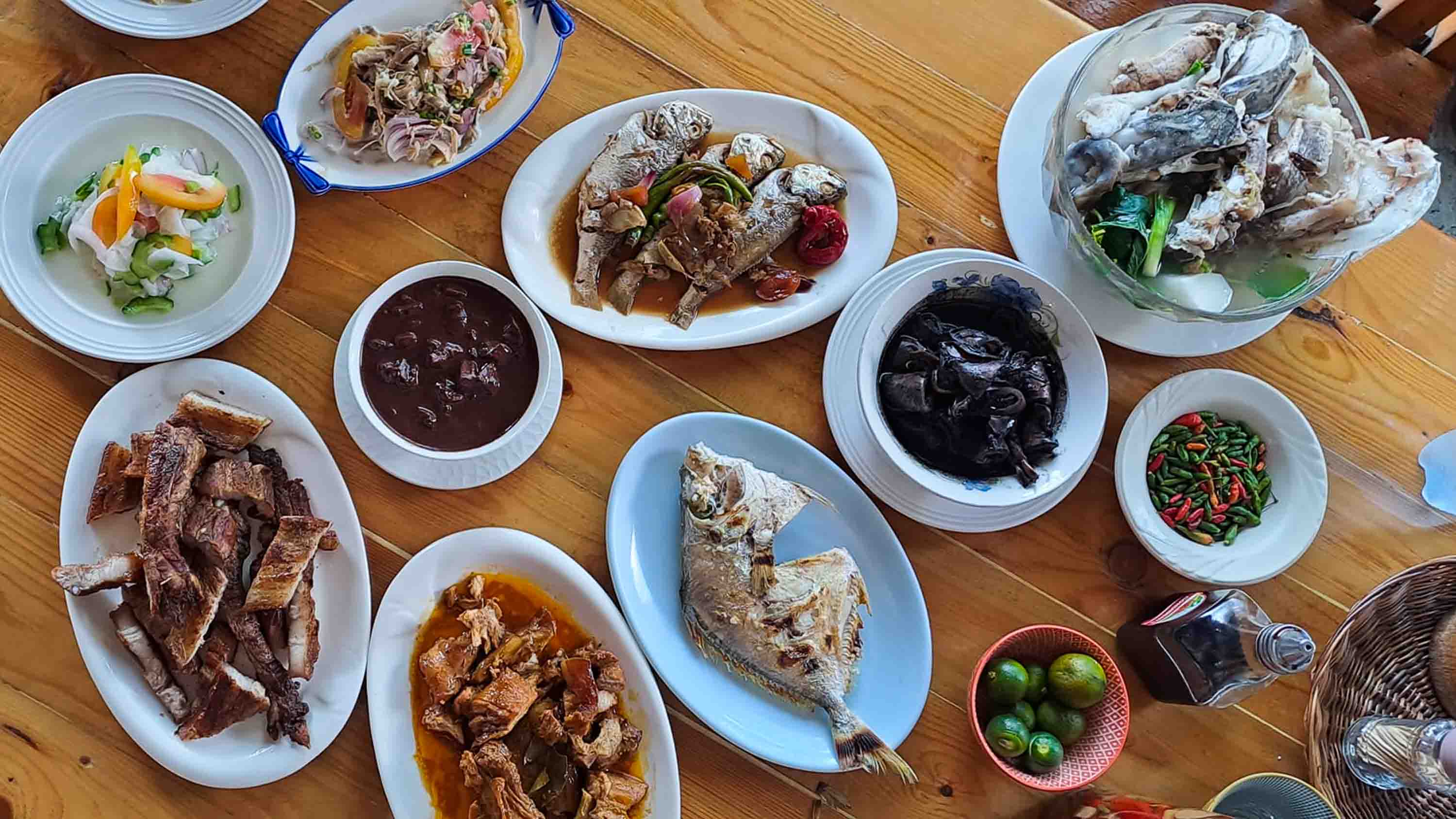This Asparagus Quiche Celebrates the Best of Spring
Filled with tender asparagus and creamy goat cheese, this stellar quiche can easily be made ahead for a delightful weekday lunch or a celebratory brunch for Easter, Mother's Day, or any other spring holiday.


Every weekend in April, when asparagus is plentiful at the farmers market, I take bunches of it home, then spend the rest of the week eating through my haul: I grill it, braise it, toss it into salads, air-fry it, and turn it into soup. I especially love incorporating asparagus into frittatas and quiches—the vegetable has a sweet, grassy flavor that goes particularly well with eggs, dairy, and fresh herbs such as chives.
The recipe below comes from my Birmingham, Alabama-based test kitchen colleague Renu Dhar, who made multiple asparagus quiches to come up with one that was delicious and elegant, but still simple to throw together. Filled with tender asparagus and creamy goat cheese, it’s a stellar vegetarian quiche that can easily be made ahead for a delightful weekday lunch or a celebratory brunch for Easter and other spring holidays. Here’s how to make it.
Getting the Crust for Your Quiche Right
The crust, a flaky pâte brisée, is a riff on Serious Eats contributor Rebecca Frey's French all-butter tart dough recipe. Instead of making the crust by hand, as Frey does, Dhar pulses everything together in a food processor, making light work of an otherwise messy and arduous task. Adequately chilling the dough helps the gluten relax, reducing shrinkage as the crust bakes, and keeping the dough as cold as possible helps the butter stay firm. As the crust bakes, the butter melts, creating tiny pockets of steam that set into satisfyingly crisp layers. To help maintain the crust’s flaky texture, we line the rolled dough with parchment paper and fill it with pie weights, beans, or rice and then par-bake it. This is a crucial step that cooks it thoroughly and prevents it from becoming soggy once filled with the custard.
Skip the Blanch
While many asparagus quiche recipes call for blanching the vegetable, Dhar’s testing revealed that blanching made for an excessively moist filling. For asparagus that doesn't sog the quiche and is also more flavorful, she broils it until it’s browned and crisp-tender. The high heat causes the Maillard reaction; this occurs when heat transforms proteins and sugars in your food, resulting in more complex flavors and aromas.
Triple the Dairy, Please
Three kinds of dairy star in this quiche alongside asparagus: cheese, heavy cream, and whole milk. While Dhar’s recipe calls for creamy goat cheese and Gruyère, you could easily use feta, Parmigiano-Reggiano, or Pecorino Romano in place of either or both of those cheeses. Using both heavy cream and whole milk in the filling produces a rich, silky custard. Just be sure to thoroughly whisk the filling together to ensure the custard is homogenous to prevent unsightly specks of egg white throughout the quiche. But if the spots of egg whites appear, not to worry. The quiche will still be delicious, which is really the most important thing.
For the Crust: In the bowl of a food processor, pulse flour, sugar, and salt until combined, about 3 pulses. Scatter butter over top of flour mixture, and pulse until mixture resembles coarse crumbs, 8 to 10 pulses. Add ice water, 1 tablespoon at a time, and pulse until mixture starts to clump together, about 8 pulses total. (You may not need all the water.) Transfer onto a lightly floured surface, and gently press until dough just comes together, 2 or 3 times. Flatten dough into a 6-inch disk. Wrap tightly in plastic wrap, and refrigerate until firm, at least 1 hour or up to 24 hours.
Adjust oven rack to middle position, and preheat oven to 350°F (175ºC). On a lightly floured work surface, roll out dough into a 12-inch round. Carefully transfer to a 9-inch pie plate. Press dough into bottom and up sides of pie plate. Using scissors, trim excess dough, leaving a 1-inch overhang. Fold overhang over itself to create a thick border that sits on top edge of pie plate; crimp or shape as desired. Freeze until firm, about 30 minutes.
Line the pie crust with parchment paper, and fill with pie weights, dried beans, or uncooked rice. Bake until edges are just dry and set, about 20 minutes. Remove the parchment and pie weights; continue to bake until light golden brown, about 15 minutes. Remove from the oven, and set aside.
For the Filling: Increase oven temperature to broil. Cut asparagus tips into 2-inch-long pieces; slice stalks into 1/4-inch rounds. On a 13- by 18-inch rimmed baking sheet, toss asparagus, oil, and 1/4 teaspoon salt together. Roast until asparagus is browned on edges and crisp-tender, 5 to 7 minutes. Let asparagus stand until cool, about 5 minutes. Remove asparagus tips; set aside. Reduce oven temperature to 350°F (175ºC).
Place goat cheese, Gruyère, and roasted asparagus stalks in bottom of pie crust. In a medium bowl, whisk cream, milk, eggs, chives, pepper, garlic powder, and remaining 1/2 teaspoon salt to combine; pour over asparagus mixture in crust. Top with reserved asparagus tips. Bake until filling registers 170°F (77°C) on an instant-read thermometer and edges of filling are set but the center still jiggles slightly, 35 to 40 minutes. (If crust becomes too brown before center is set, loosely cover crust edges with aluminum foil, .) Let cool for at least 30 minutes, and serve.
Special Equipment
Food processor; rolling pin; 9-inch pie plate; scissors; parchment paper; pie weights, dried beans, or uncooked rice; 13- by 18-inch rimmed baking sheet; instant-read thermometer
Make-Ahead and Storage
The crust can be blind-baked up to 2 days in advance. Once cooled, wrap crust tightly in plastic wrap and store at room temperature.
Once cooled, the finished quiche can be wrapped tightly in plastic and refrigerated for up to 3 days. Before serving, let quiche come to room temperature, then gently reheat in a 325°F (165°C) oven until warmed through.


































































































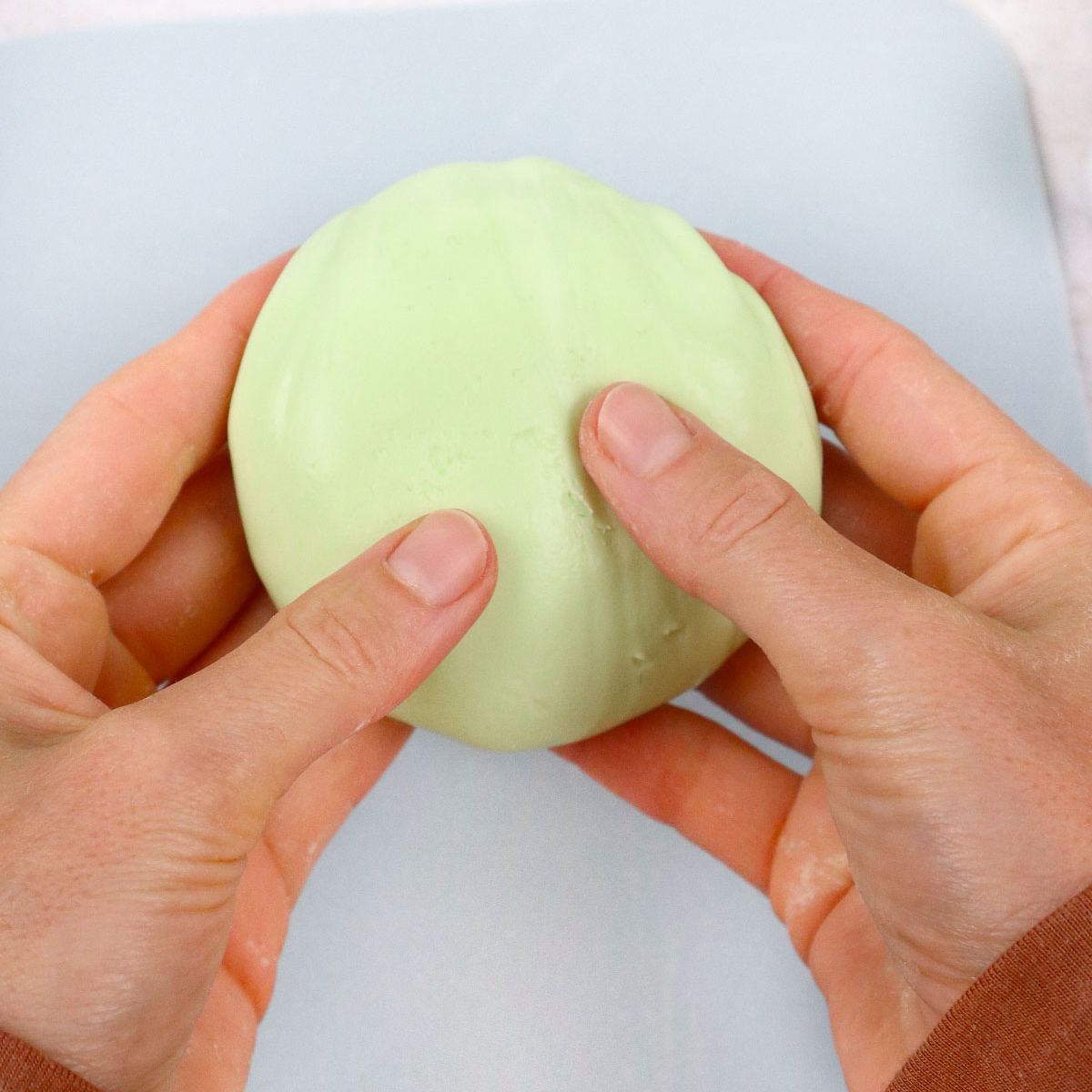
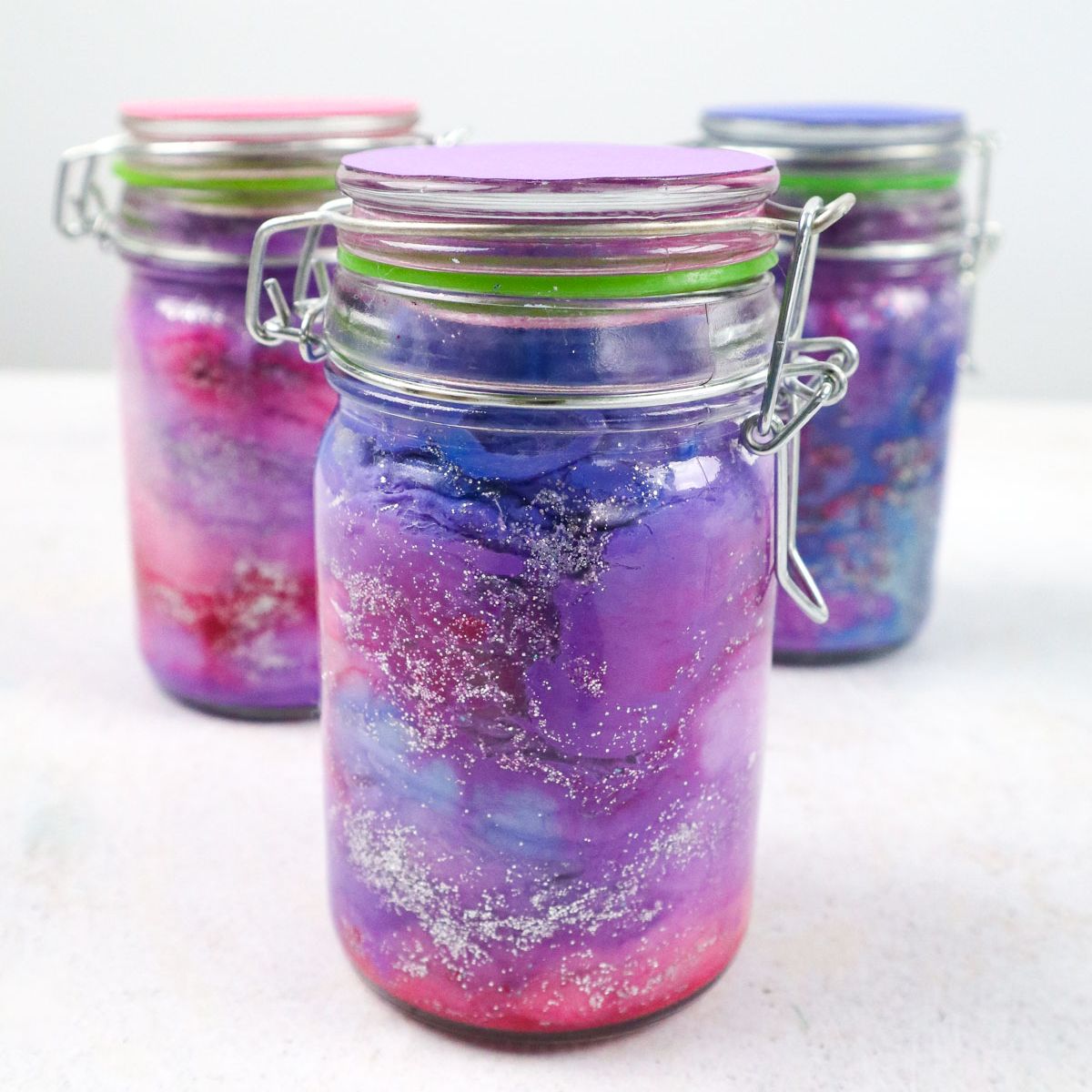















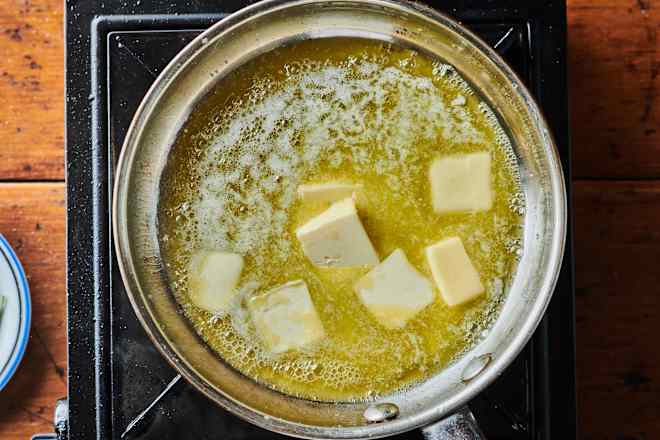



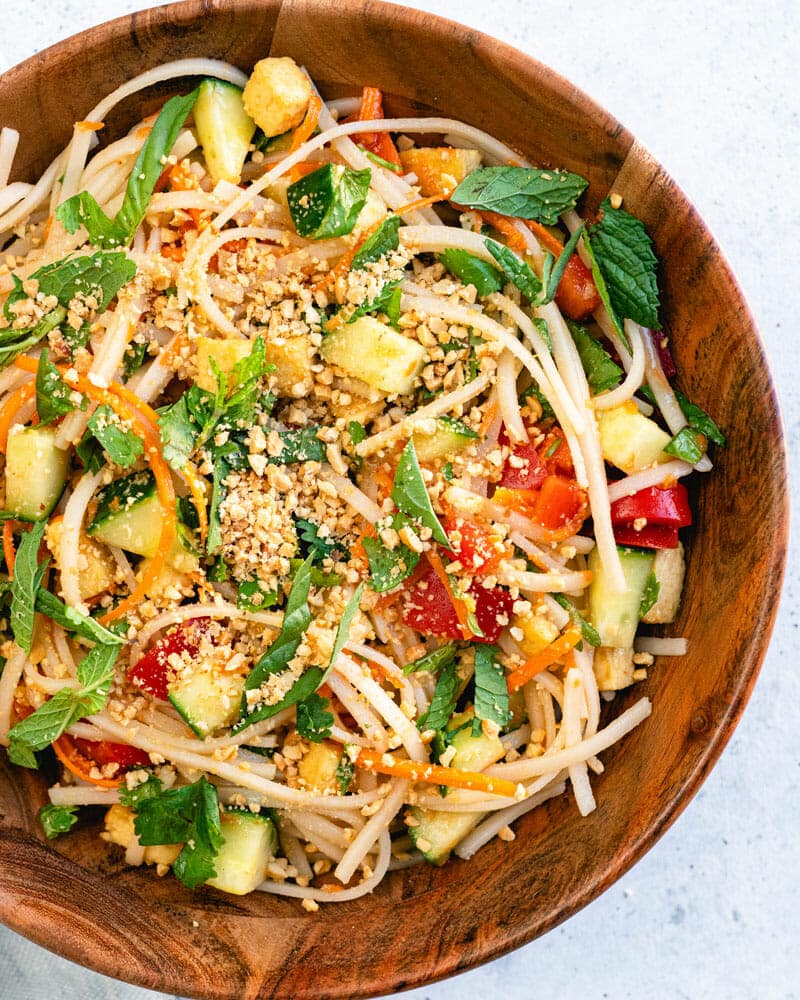








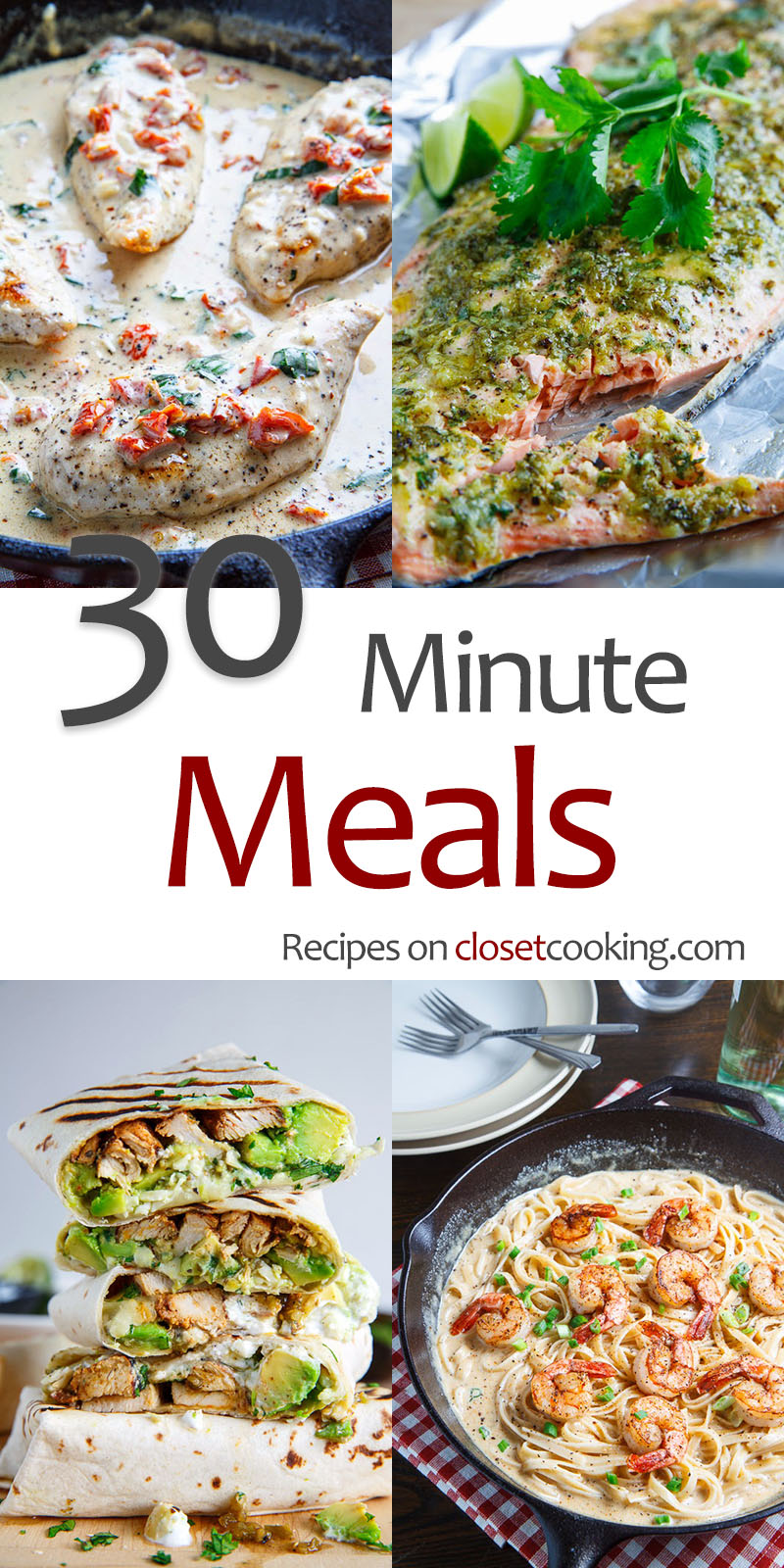











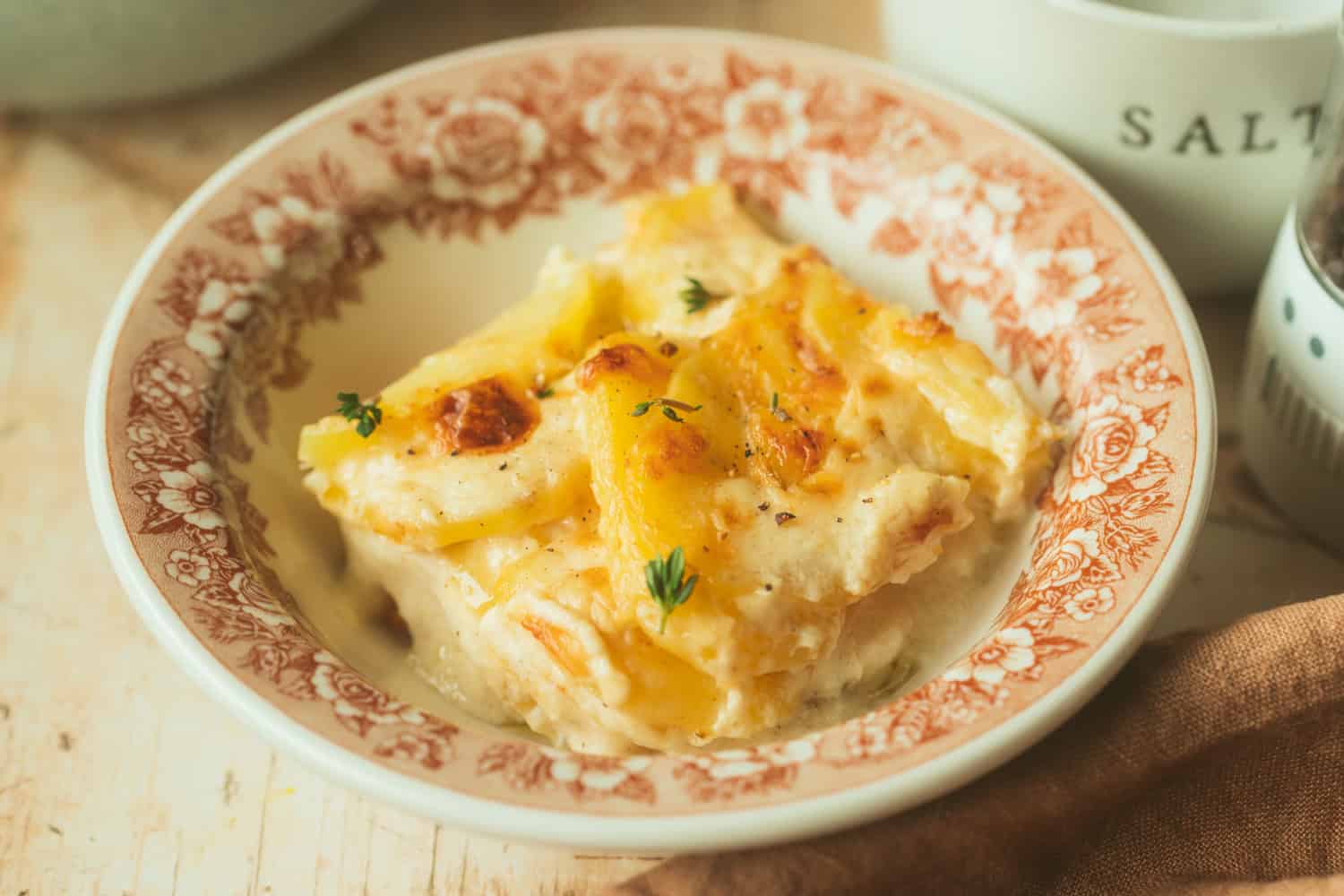












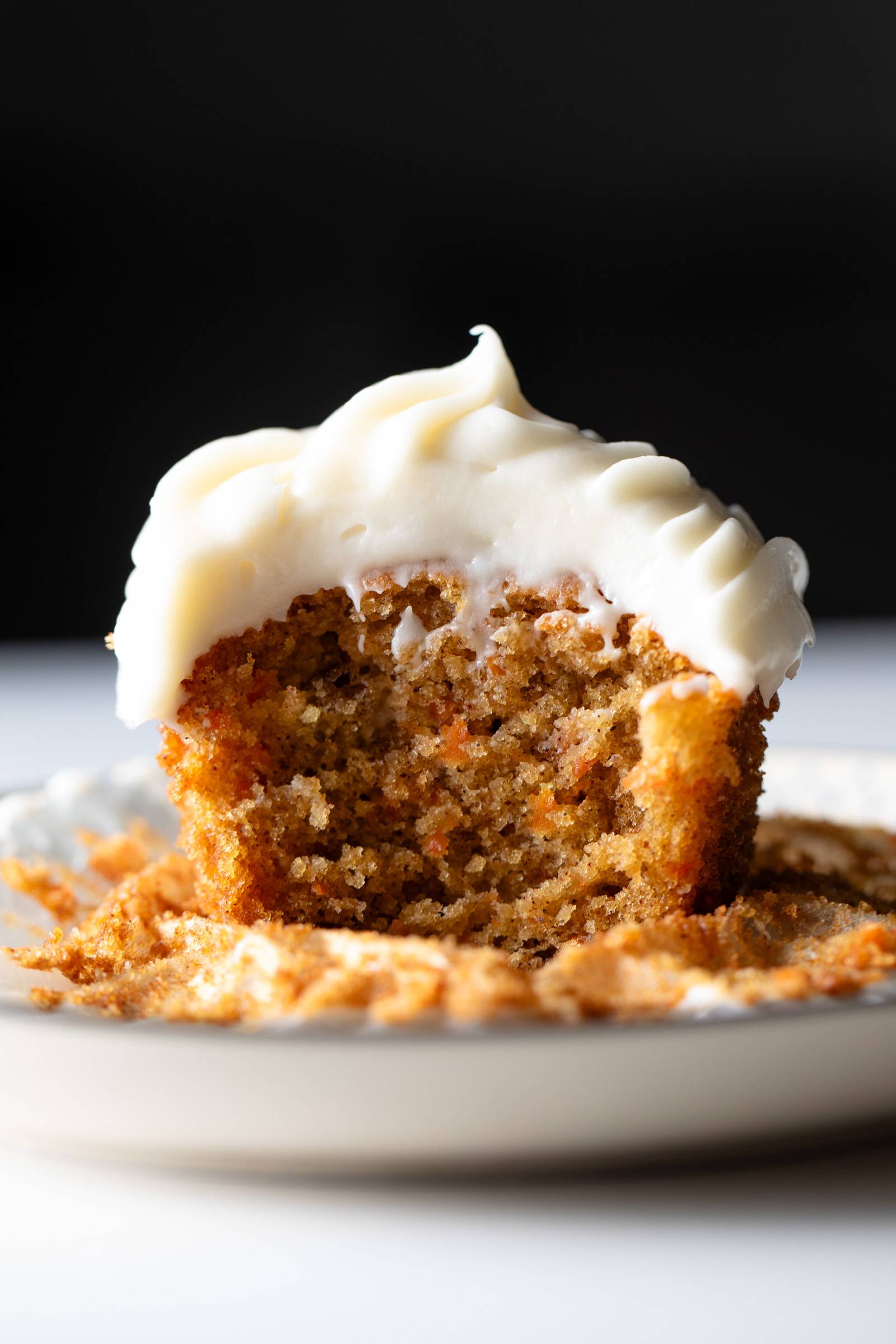
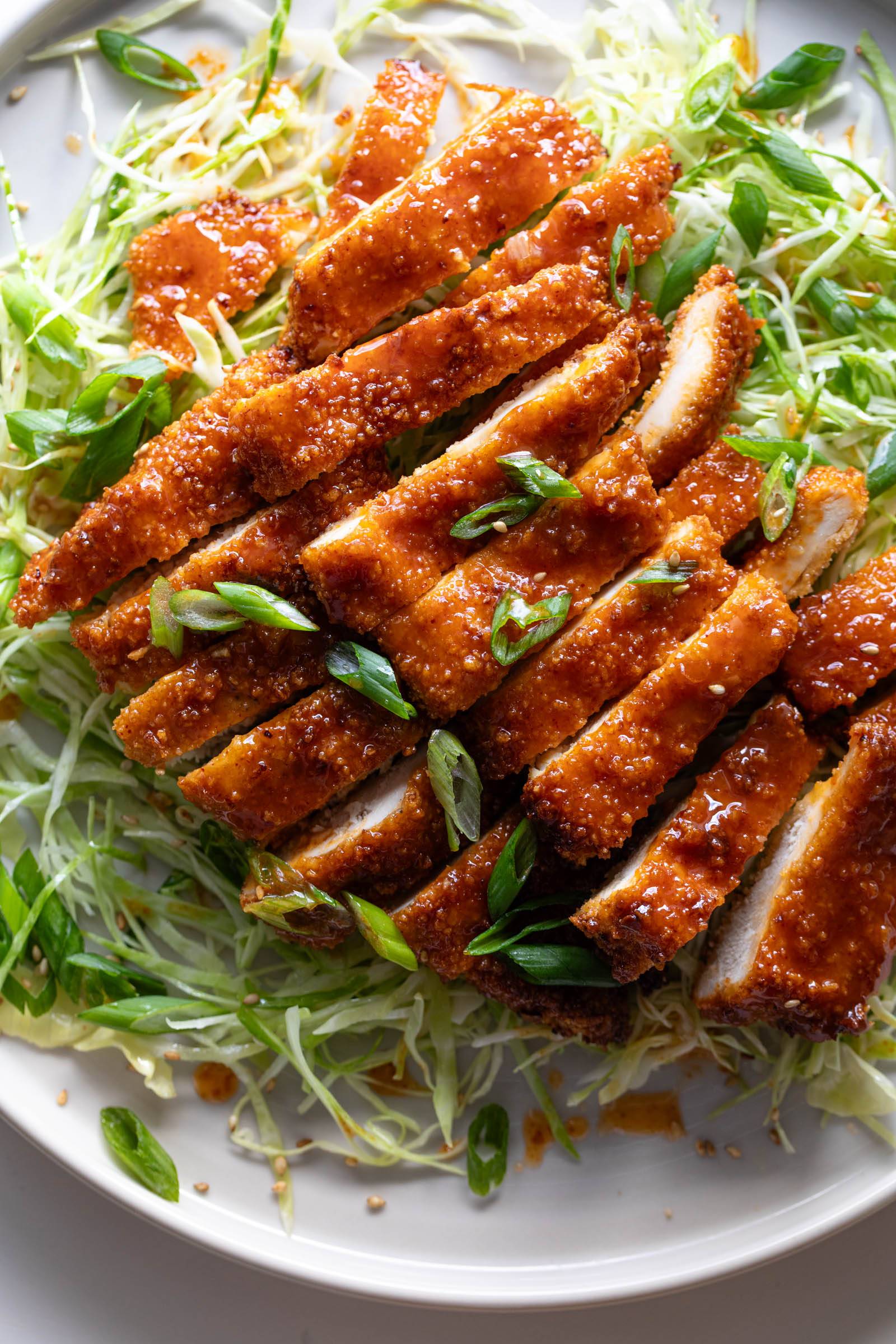















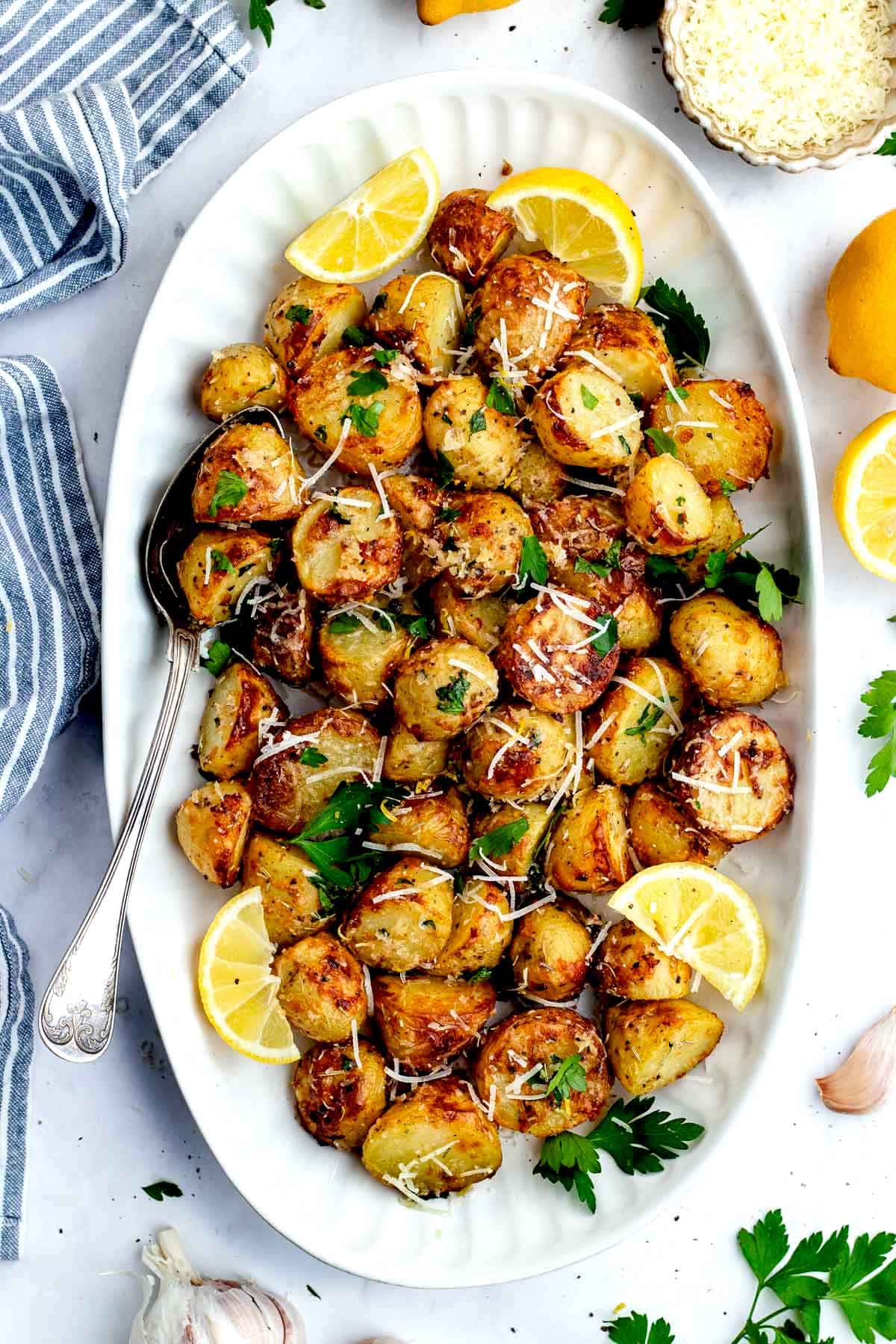

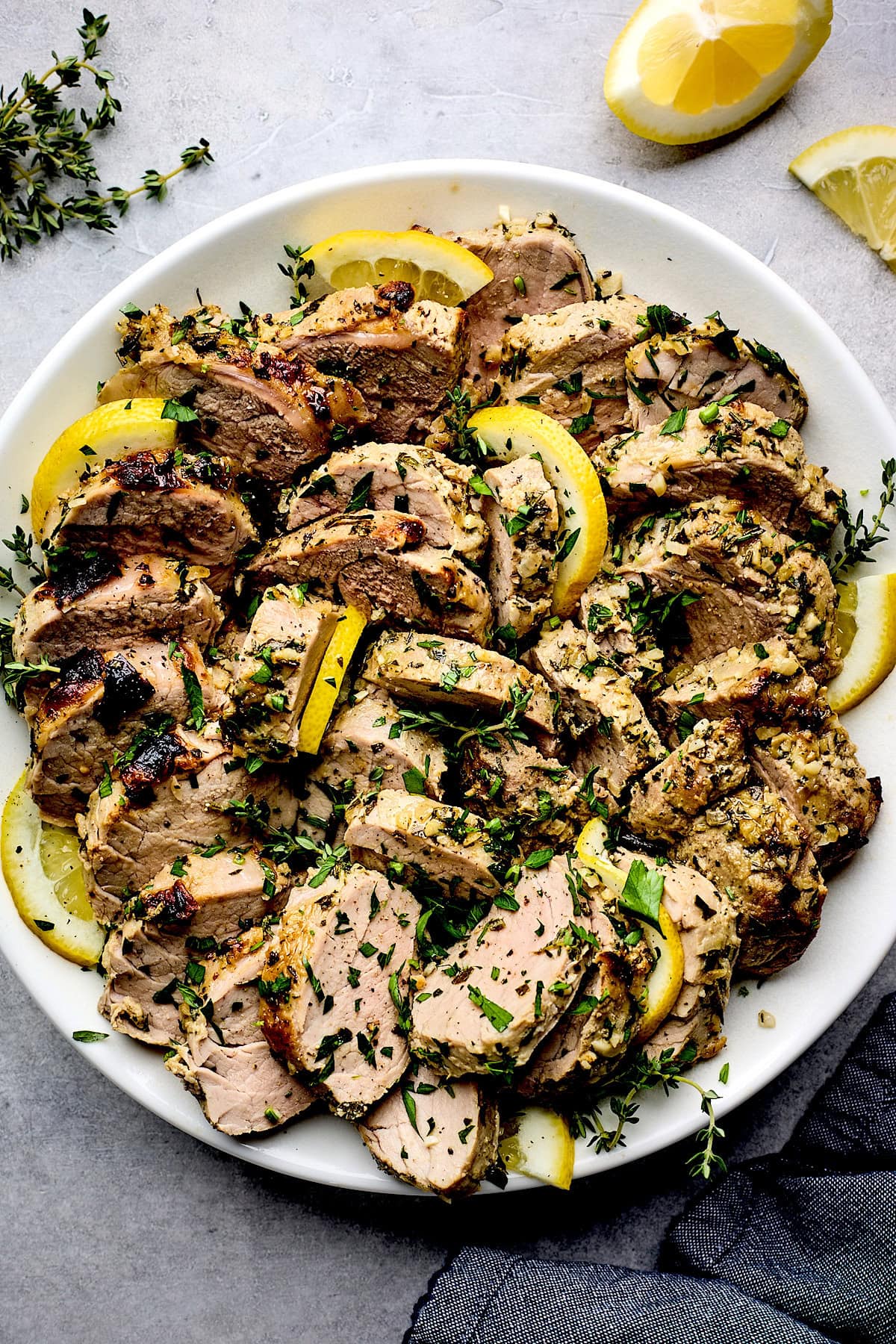

.jpg)















































